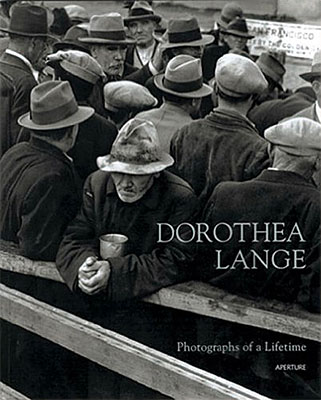In the 1930s, these women captured Texas on film—the good, the bad, and the truly ugly.
Three women photographers traveled Texas alone (unheard of!) by truck on the rough roads of the 1930s, developing their film in makeshift darkrooms in motel bathrooms and under shady trees. In 1935, one photographer was assigned to show the best side of a state ravaged by Depression-era unemployment and five years of drought and dust storms. The other two photojournalists made the dire effects of the Great Depression and the Dust Bowl so real you could feel the stinging dirt and the desperate poverty.
POLLY SMITH
Texas is "a wonderful place for an industrial photographer who is willing to climb on top of cotton compresses with 5 or 6 big lights, cameras and tripod.” —Polly Smith

Frances Sutah "Polly" Smith (1908 - 1980) began photographing Texas in 1935 as a freelance photographer for the Texas Centennial Exposition, providing countless images for its publicity offices and magazines. She continued to capture Texas on film, developing it in her darkroom built on the back of her truck, until 1948, when she turned to Impressionistic painting and sculpture exclusively. Not as critically acclaimed as her contemporaries, Margaret Bourke-White or Dorothea Lange, her work is not publicly availble. A Texas Journey: the Centennial Photographs of Polly Smith by Evelyn Barker, 2008, is the first book-length examination of Smith’s life and work, revealing her often uplifting view of Texas in 1935.
Evelyn Barker discusses the work of photographer Polly Smith
DOROTHEA LANGE
“The camera is an instrument that teaches people how to see without a camera.” —Dorothea Lange

Dorothea Lange (1895 - 1965) worked for the New Deal photographic unit of the Farm Security Administration between 1935 and 1942, photographing migrant workers, sharecroppers, tenant farmers, and other victims of the Depression and Dust Bowl in the South and West. Her most recognizable photograph is "Migrant Mother, Nipomo, California," made in 1936. Of her "Tractored Out" photographs in Childress County, Texas, she said, "I stopped at a gas station to get some gas, and there was a car full of people, a family there. . . They said, ‘We’ve been blown out.’ . . . They told me about the dust storm." During World War II, Lange set out to expose the injustice of incarcerated Japanese Americans with her camera.

There are countless books featuring Lange's exceptional body of work; she often contributed her commentary along with her photos. Many of them can be found at Photo.com. Especially notable is the book she wrote with her husband, Paul S. Taylor,published in 1939. An American Exodus: A Record of Human Erosion was unique in telling the story from their subjects' perspective. Lange and Taylor used direct quotes from the migrants themselves, which Lange had painstakingly collected in the field.
Above, Lange's books Words & Pictures, Photographs of a Lifetime, The Crucial Years
MARGARET BOURKE-WHITE
“Nothing attracts me like a closed door. I cannot let my camera rest until I have pried it open.” —Margaret Bourke-White

Margaret Bourke-White (1904 – 1971) began her career photographing architecture and in 1936, became Life magazine’s first female photojournalist. During the mid-1930s, she documented the poverty of the Depression and the effects of the Dust Bowl. In 1937, Life published her now-famous photograph of African-Americans awaiting flood relief in front of a sign that declared, "World's Highest Standard of Living," depicting a white family. By World War II, she was its first female war correspondent and first woman allowed to work in combat zones, who photographed for Life in battle and under fire. Described as "The woman who had been torpedoed in the Mediterranean, strafed by the Luftwaffe, stranded on an Arctic island, bombarded in Moscow, and pulled out of the Chesapeake when her chopper crashed," Bourke-White "was known to the Life staff as 'Maggie the Indestructible.'"

Like Lange, you can choose from dozens of Bourke-White's books covering many facets of significant eras in American history. She was a constant, though sometimes intermittent, presence in Life magazine from 1936 - 1949, and for the six years prior, Fortune.
Above, Bourke-White's You Have Seen Their Faces, Margaret Bourke-White: Photographer, Portrait of Myself












Comentarios